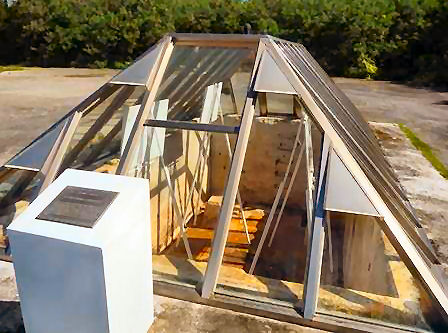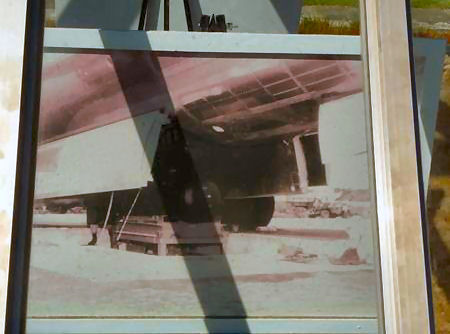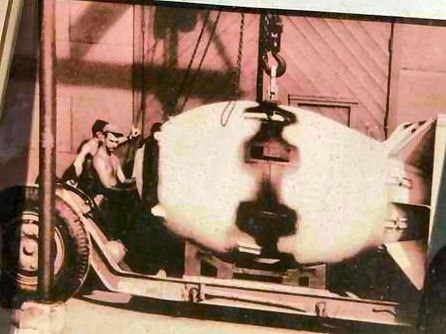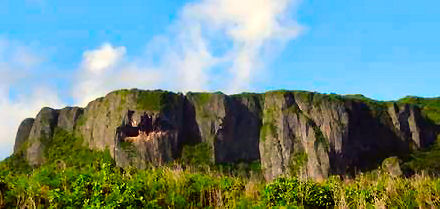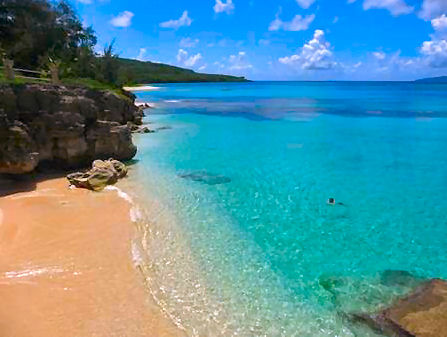|
Radschool Association Magazine - Vol 34 Page 16 |
|
Privacy Policy | Editorial Policy | Join the Association | List of Members | Contact us | Index | Links | Print this page |
|
|
|
RAAF History.
Laurie Lindsay (right) sent us this, it shows important events that occurred in the RAAF over the years, on the days 10 – 12 Dec. We’ve no idea where he stole it from!!!
10 Dec 1930 - RAAF ended link to RMC.
RMC graduates and cadets (rear row) at Point Cook, 1931 (one cadet missing, having knee surgery)
On this day, the eight Air Force cadets who remained at the Royal Military College (RMC), Duntroon, after the graduation of the senior class two days earlier, were withdrawn by the RAAF to continue their training at Point Cook. The move came after the Government had announced in August that the College would be removed to Victoria Barracks in Sydney at the end of the year, as an economy measure during the Depression.
The change ended, however, an association which had begun in 1923 with the secondment of RMC graduates from the Army to the RAAF and grown from 1925 through the allocation of four RMC graduates annually to proceed directly to the Air Force.
From 1927, the Air Board began selecting the applicants for RMC who were to eventually join the RAAF. As a result of these arrangements, between 1954 and 1969 the RAAF had four chiefs who were ex-Duntroon.
10 Dec 1945 - Beaufighter crash at Labuan
On the 10 December, four
months after the end of World War II, a deadly accident
The Beaufighter sheared the engines off both Mustangs, A68-761 and A68-714, before bursting into flames. Five personnel on the ground were killed, including the OC of 86 Wing, Group Captain Holswich.
The cause of the accident could not be determined.
10 Dec 1949 - AVM Bostock wins seat in Federal Parliament
At the federal elections
on this day, which brought to power the Liberal Party led by R.G.
“Bob” Menzies, Air Vice-Marshal William ‘Bill’ Bostock was elected
as Liberal
He also continued his attacks through the columns of the Melbourne Herald, until defeated at the general elections in November 1958. Bostock was the first former air rank RAAF officer to sit in Federal Parliament, and remains the most senior.
11 Dec 1953 - First Pakistani apprentices graduate.
On this day, 20
Pakistani apprentices graduated from the RAAF School of Technical
Training (RSTT) at Forest Hill, Wagga, with the 5th Intake of
Australian apprentices at
Maqsood rose to become Deputy Chief of the Air Staff (Maintenance) in the Pakistan Air Force, and later Director-General of Defence Procurement, before retiring as an Air Vice-Marshal in July 1990. Another 14 Pakistani apprentices who entered RSTT also graduated in 1954, with the last two members of this course passing out the next year. By this time the Pakistan Air Force had established its own apprentice school at a site near Karachi, and further intakes for training with the RAAF were not sent.
12 Dec 1985 - Last graduation at Engineer Cadet Squadron
A scheme which provided
the RAAF with graduate engineering officers for 25 years closed on
this day after a graduation parade at Frognall, in the Melbourne
suburb of
Until 1976 the squadron shared facilities at Frognall with the Melbourne Telecommunication Unit, which had occupied the site since its acquisition in 1942. With the closure of the ECS, future intakes of RAAF engineer students attended the new Australian Defence Force Academy.
The base at Frognall closed down in March 1986 and was sold by the Commonwealth a short time later.
|
|
A bloke was getting ready to tee off on the first hole when a second golfer approached and asked if he could join him. The first said that he usually played alone, but agreed to the twosome. They were even after the first few holes. The second guy said, "We're about evenly matched, how about playing for five bucks a hole?" The first guy said that he wasn't much for betting, but agreed to the terms. The second guy won the remaining sixteen holes with ease. As they were walking off number eighteen, the second guy was busy counting his $80.00. He confessed that he was the pro at a neighbouring course and liked to pick on suckers. The first fellow revealed that he was the Parish Priest. The pro was flustered and apologetic, offering to return the money. The Priest said, "You won fair and square and I was foolish to bet with you. You keep your winnings." The pro said, "Is there anything I can do to make it up to you?" The Priest said, "Well, you could come to Mass on Sunday and make a donation...... And, if you want to bring your mother and father along, I'll marry them. |
|
An Aussie Poem.
Maree Fitzgerald sent us an Aussie poem, and you can read it HERE.
Bruce Hurrell says “I never met one Veteran who enlisted to fight for Socialism..” and ain’t it the truth….. |
|
|
|
Tinian Island, Pacific Ocean – WW2 History
It's a
small island, less than 40 square miles, a flat green dot in the
vastness of Pacifi
On the ground, you see the runway isn't dirt but tarmac and crushed limestone, abandoned with weeds sticking out of it. Yet this is arguably the most historical airstrip on earth. This is where World War II was won. This is Runway Able:
On July 24, 1944, 30,000 US Marines landed on the beaches of Tinian . Eight days later, over 8,000 of the 8,800 Japanese soldiers on the island were dead (vs. 328 Marines), and four months later the Seabees had built the busiest airfield of WWII, dubbed North Field, enabling B-29 Superfortresses to launch air attacks on the Philippines, Okinawa, and mainland Japan.
Late in the afternoon of August 5, 1945, a B-29 was maneuvered over a bomb loading pit, then after lengthy preparations, taxied to the east end of North Field's main runway, Runway Able, and at 2:45am in the early morning darkness of August 6, took off. The B-29 was piloted by Col. Paul Tibbets of the US Army Air Force, who had named the plane after his mother, Enola Gay. The crew named the bomb they were carrying Little Boy. 6½ hours later, at 8:15am, Japan time, the first atomic bomb was dropped on Hiroshima .
Three days later, in the pre-dawn hours of August 9, a B-29 named Bockscar (a pun on "boxcar" after its flight commander Capt. Frederick C Bock, piloted by Major Charles Sweeney dubbed Fat Man. |
|
The photo at left is where the atomic bombs were loaded into the B29’s.
The commemorative plaque records that 16 hours after the bombing of Nagasaki, on August 10, 1945 at 0300, the Japanese Emperor, without his cabinet's consent, decided to end the Pacific War."
|
|
Photos in the pit show the bombs being loaded into the aircraft.
|
|
|
|
This is where World War II ended with total victory of America over Japan. These days no one lives anywhere near the site. Most Americans, when they think of Hiroshima and Nagasaki, reflect not on the number of lives killed in the nuclear blasts, at least 70,000 and 50,000 respectively, but on the number of lives saved - how many more Japanese and Americans would have died in a continuation of the war had the nukes not been dropped. The bombs obviated the US invasion of Japan, Operation Downfall, that would have caused upwards of a million American and Japanese deaths or more.
|
|
|
|
|
|
Look at the photo of the cliff (above) which is on the nearby island of Saipan, which is less than 2klms from Tinian. The month before the Marines took Tinian, on June 15, 1944, 71,000 Marines landed on Saipan. They faced 31,000 Japanese soldiers determined not to surrender. Japan had colonized Saipan after World War I and turned the island into a giant sugar cane plantation. By the time of the Marine invasion, in addition to the 31,000 entrenched soldiers, some 25,000 Japanese settlers were living on Saipan, plus thousands more Okinawans, Koreans, and native islanders brutalized as slaves to cut the sugar cane.
There were also one or two thousand Korean "comfort women" (kanji in Japanese), abducted young women from Japan's colony of Korea to service the Japanese soldiers as sex slaves. We forget about the extraordinary brutality of the Japanese and their uncivilized behaviour to the people of the lands they occupied before and during WW2. It’s truly amazing how they have seemed to scrub their dark and black behaviour from popular history but the truth of it is still recorded in written records of history.
Within a week of their landing, the Marines set up a civilian prisoner encampment that quickly attracted a couple thousand Japanese and others wanting US food and protection. When word of this reached Emperor Hirohito - who contrary to the myth, was in full charge of the war – he became alarmed that radio interviews of the well-treated prisoners broadcast to Japan would subvert his people's will to fight. As meticulously documented by historian Herbert Bix in Hirohito and the Making of Modern Japan, the Emperor issued an order for all Japanese civilians on Saipan to commit suicide. The order included the promise that, although the civilians were of low caste, their suicide would grant them a status in heaven equal to those honoured soldiers who died in combat for their Emperor.
And that is why the precipice in the picture above is known as Suicide Cliff, off which over 20,000 Japanese civilians jumped to their deaths to comply with their fascist emperor's desire – mothers flinging their babies off the cliff first or in their arms as they jumped. Anyone reluctant or refused, such as the Okinawan or Korean slaves, were shoved off at gunpoint by the Jap soldiers. Then the soldiers themselves proceeded to hurl themselves into the ocean to drown off a sea cliff afterwards called Banzai Cliff. Of the 31,000 Japanese soldiers on Saipan, the Marines killed 25,000, 5,000 jumped off Banzai Cliff, and only the remaining thousand were taken prisoner.
The extent of this demented fanaticism is very hard for any civilized mind to fathom – especially when it is devoted not to anything noble but barbarian evil instead. The vast brutalities inflicted by the Japanese on their conquered and colonized peoples of China, Korea, the Philippines, and throughout their "Greater East Asia Co-Prosperity Sphere" was a hideously depraved horror.
And they were willing to fight to the death to defend it. The only way to put an end to the Japanese barbarian horror was unimaginably colossal destruction against which they had no defence whatever. Bombing Japan was not a matter of justice, revenge, or “it getting what it deserved”. It was the only way to end the Japanese dementia.
And it worked - for the Japanese. They stopped being barbarians and started being civilized. They achieved more prosperity - and peace - than they ever knew, or could have achieved had they continued fighting and not been bombed. The US achieved this because they were determined to achieve victory. Victory without apologies.
Oh, yes... Guinness lists Saipan as having the best, most equitable, weather in the world.
And the beaches? Well, take a look:
|
|
|
|
Back Go to page: 1 2 3 4 5 6 7 8 9 10 11 12 13 14 15 16 17 18 19 20 Forward
|
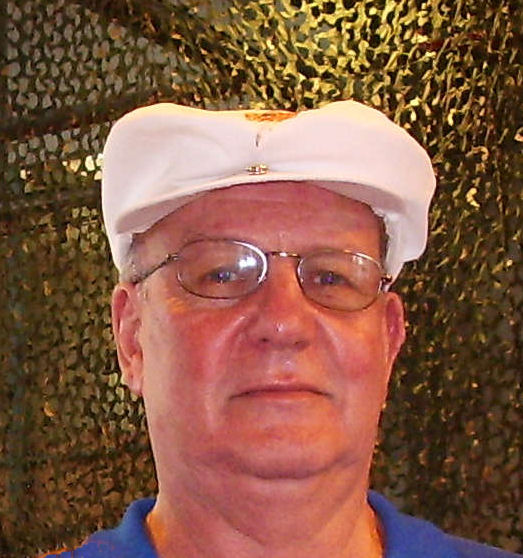

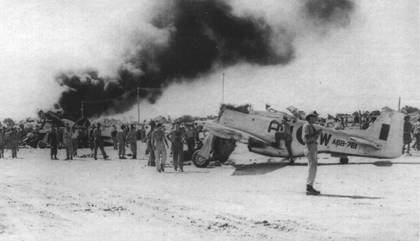 occurred
at Labuan, off the north-west coast of Borneo, which killed six RAAF
personnel including some senior officers. The CO of 93 Squadron,
Squadron Leader Gulliver, was embarking on a communications flight
in Beaufighter A8-184 when the aircraft swung on take-off and
collided with two stationary Mustangs of No 77 Squadron parked
alongside the strip.
occurred
at Labuan, off the north-west coast of Borneo, which killed six RAAF
personnel including some senior officers. The CO of 93 Squadron,
Squadron Leader Gulliver, was embarking on a communications flight
in Beaufighter A8-184 when the aircraft swung on take-off and
collided with two stationary Mustangs of No 77 Squadron parked
alongside the strip. 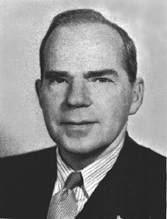 Member for Indi, Victoria, in the House of Representatives. While
serving as Australia’s senior operational air leader during World
War II, Bostock had engaged in a bitter feud with the Chief of the
Air Staff, Air Vice-Marshal George Jones. As a consequence of his
compulsory and premature retirement by Jones in 1946, Bostock spent
much of his time in Parliament as an active and vociferous critic of
the RAAF and its administration, not even hesitating when it came to
criticising the Government.
Member for Indi, Victoria, in the House of Representatives. While
serving as Australia’s senior operational air leader during World
War II, Bostock had engaged in a bitter feud with the Chief of the
Air Staff, Air Vice-Marshal George Jones. As a consequence of his
compulsory and premature retirement by Jones in 1946, Bostock spent
much of his time in Parliament as an active and vociferous critic of
the RAAF and its administration, not even hesitating when it came to
criticising the Government. 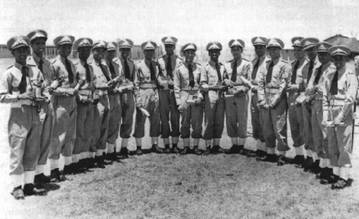 the School. Apprentice M.A. Mir took out the award of dux of the
course, while Ahmad Maqsood (who came a close second for this
honour) was appointed Warrant Officer Apprentice for the graduation
parade.
the School. Apprentice M.A. Mir took out the award of dux of the
course, while Ahmad Maqsood (who came a close second for this
honour) was appointed Warrant Officer Apprentice for the graduation
parade. 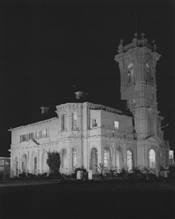 Canterbury.
From its beginnings in February 1961 as ‘Detachment A’ of the Radio
Apprentice School, then Diploma Cadet Squadron from 1962, and
Engineer Cadet Squadron (ECS) from 1976, the unit administered
officer cadets who were studying for engineering diplomas and
degrees at the Royal Melbourne Institute of Technology.
Canterbury.
From its beginnings in February 1961 as ‘Detachment A’ of the Radio
Apprentice School, then Diploma Cadet Squadron from 1962, and
Engineer Cadet Squadron (ECS) from 1976, the unit administered
officer cadets who were studying for engineering diplomas and
degrees at the Royal Melbourne Institute of Technology. 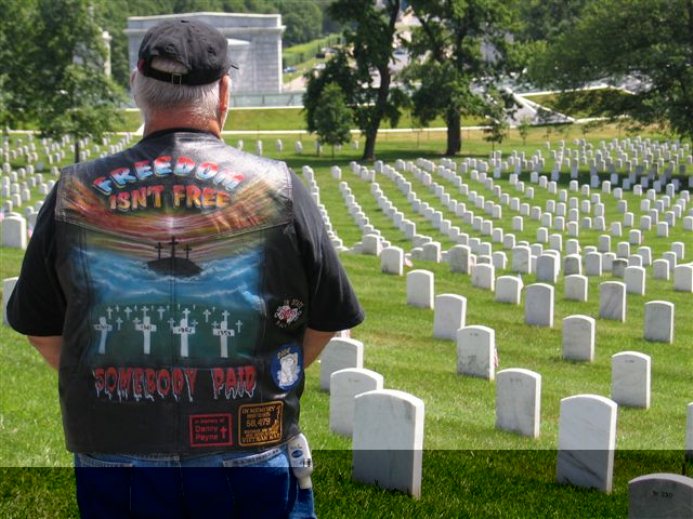
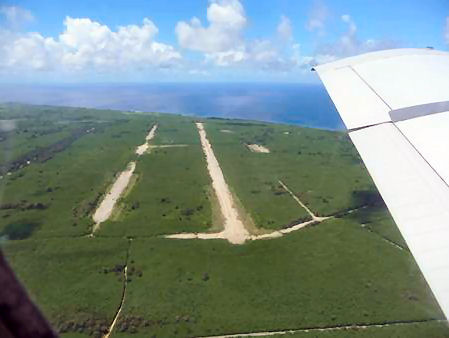 c
blue. Fly over it and you notice a slash across its north end of
uninhabited bush, a long thin line that looks like an overgrown dirt
runway. If you didn't know what it was, you wouldn't give it a
second glance out your airplane window.
c
blue. Fly over it and you notice a slash across its north end of
uninhabited bush, a long thin line that looks like an overgrown dirt
runway. If you didn't know what it was, you wouldn't give it a
second glance out your airplane window.
